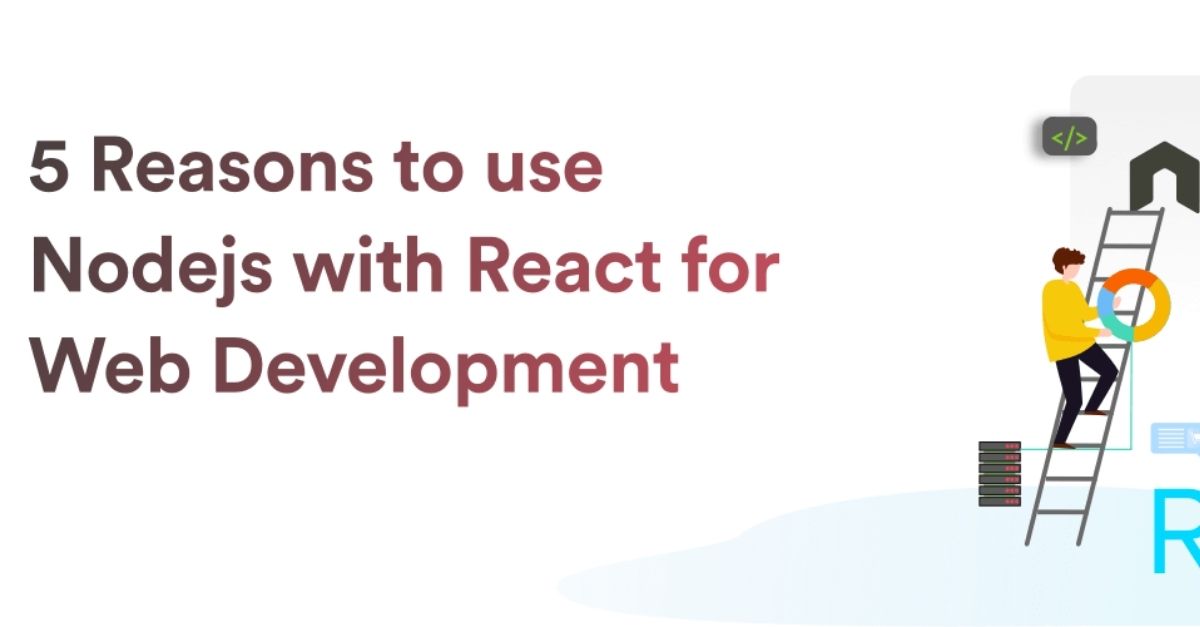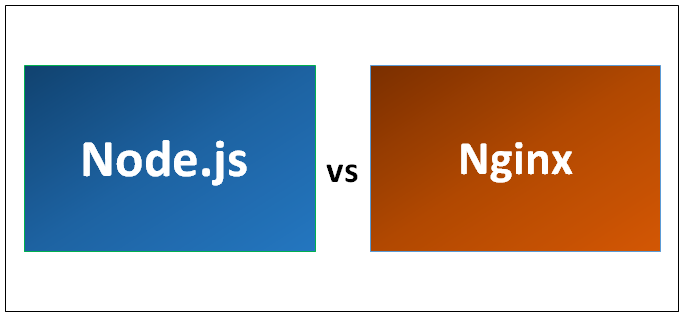

In addition the initializer can only be used with start and Process-test-classes to ensure that the initialization class has been compiled from either src/main/java or src/test/java locations. Note: that the plugin must be started during the InitializeExpectations(MockServerClient mockServerClient) method will be called once MockServer has been started.
initializationClass - To enable the creation of default expectations a class can be specified to initialize expectations in MockServer, this class must implement .PluginExpectationInitializer interface. skip - Prevent the plugin from running (required: false, default: false). logLevel - The logging level (required: false, default: INFO). timeout - How long to block waiting for MockServer, after the timeout the plugin will shutdown MockServer, used by run goal, 0 means wait indefinitely (required: false, default: 0). proxyRemoteHost - The host proxied requests are forwarded to (required: false). proxyRemotePort - The port proxied requests are forwarded to (required: false). Port unification is used to support both HTTP and HTTPS on the same port (required: true) serverPort - The port the MockServer listens for incoming request. The Maven plugin can be configured with the following properties: stopForked - stop a forked MockServer, previously started by a runForked goal. runForked - run MockServer as separate forked JVM, do not block, stay alive when build ends. run - run MockServer and block waiting for requests (timeout config if provided limits how long to block for). stop - stop a MockServer started earlier as part of the current build. start - start MockServer, do not block, but stop when build ends. The Maven plugin has the following goals: The stopForked goal does assumes that MockServer is running on the same physical machine as it uses 127.0.0.1 to communicate with MockServer stop socket. Or: mvnw org.mock-server:mockserver-maven-plugin:5.13.2:stopForked -DserverPort=1080 To stop a forked instance of MockServer running on the same machine: mvn mockserver:stopForked Or: mvnw org.mock-server:mockserver-maven-plugin:5.13.2:runForked -DserverPort=1080 To run MockServer asynchronously as a forked JVM: mvn mockserver:runForked To run MockServer synchronously and block: mvn mockserver:run The Maven plugin can also be used from the command line to start and stop MockServer, as follows: 
Stop goals as these run MockServer on a separate thread that is stopped however maven exits (even if a test fails).Īlternatively a TestListener can be used with maven-surefire-plugin to ensure that MockServer is stopped even when a test fails, as follows: If you want to ensure MockServer is stopped even when there are test failures make sure you use start and Verify phase is not run if a test fails so the forked MockServer will not be stopped. If you use the runForked goal as above and the test phase fails (because a test has failed) MockServer will not be stopped as Maven does not run any more phases after a phase has failed. It is also possible to run MockServer as a forked JVM using the runForked and stopForked goals as follows:

This ensures that any integration tests you run during the test or integration-test phases can use MockServer on the port specified. For more details about Maven build phases see: This will start MockServer during the process-test-classes phase and will stop MockServer during the verify phase. To run MockServer as part of your build add the following plugin to your pom.xml: MockServer has a UI that can be used to view the internal state within MockServer, including:
CAN NODEJ.S BE RUN ON AN ANDROID WEB SERVER CODE
It is also possible to build and run MockServer directly from source code MockServer UI:
deployable WAR that runs on JEE web servers. MockServer is available in the following formats: To simplify configuration all versions (except the deployable WAR) use a single port to support the control plane and data plane in HTTP, HTTPS or SOCKS. as a deployable WAR to an existing application server. as a Grunt plugin as part of a Grunt build cycle. as a Node.js (npm) module from any Node.js code. via a Maven Plugin as part of a Maven build cycle. from the command line as a stand-alone process in a test environment. via a Helm chart in any Kubernetes environment. as a Docker container in any Docker enabled environment. using a Spring Test Execution Listener via a annotated test class. using a JUnit 5 Test Extension via a annotated JUnit 5 class. 
using a JUnit 4 via a annotated field in a JUnit 4 test.programmatically via a Java API in an or method.MockServer is flexible and support numerous usage patterns.








 0 kommentar(er)
0 kommentar(er)
